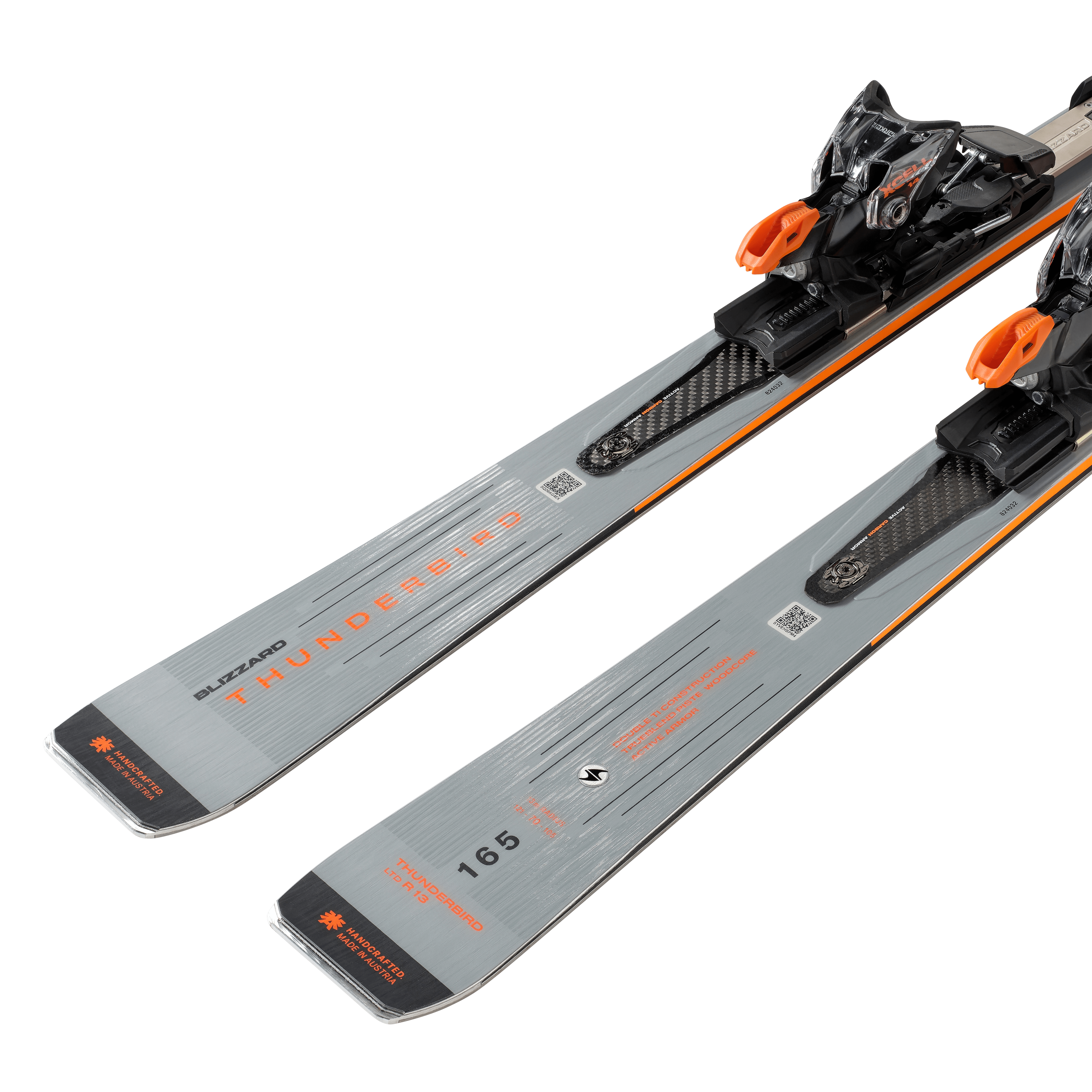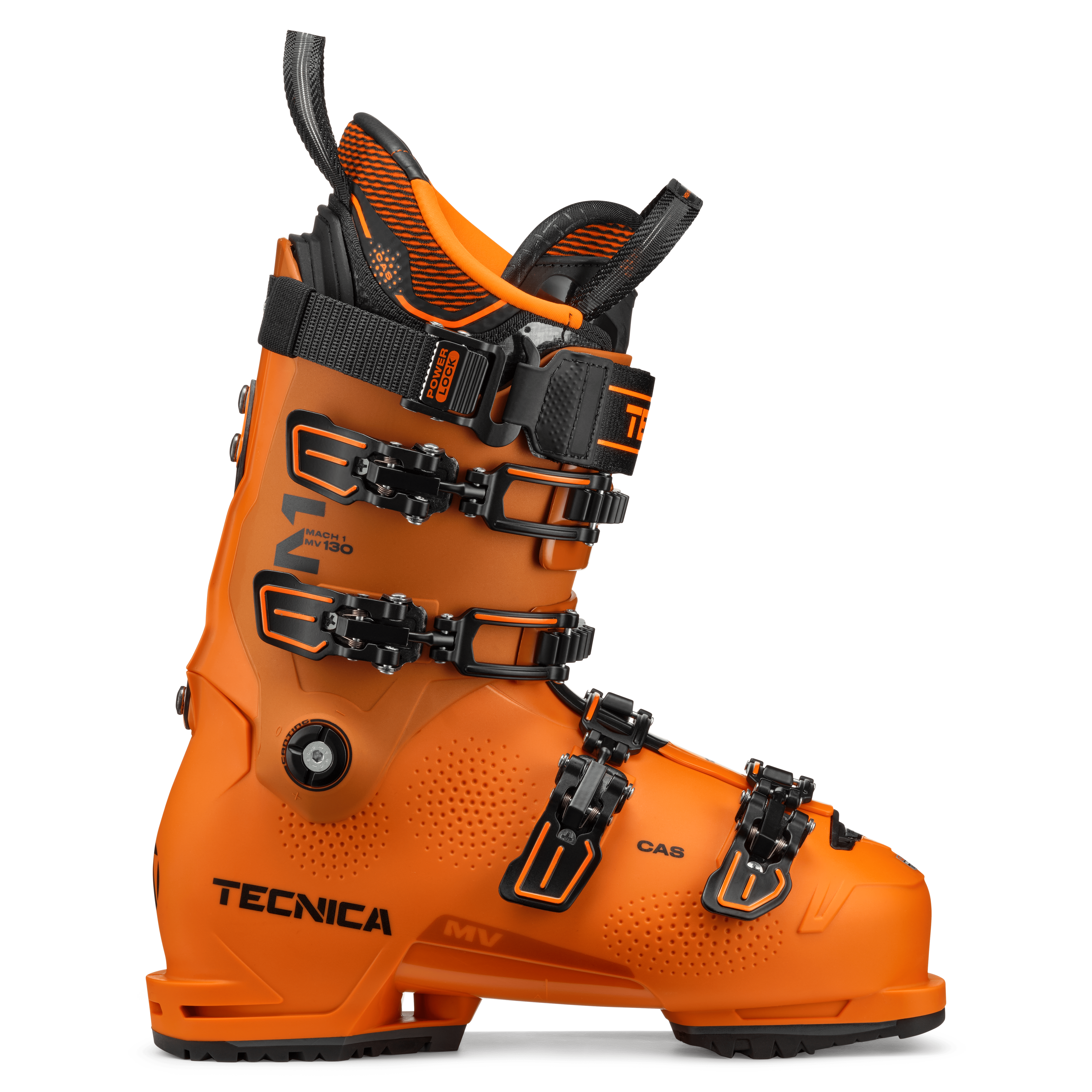PERFECT BALANCED FLEX
Two different types of wood specifically blended into one woodcore. The different density stringers are customized in quantity and length creating 3 different areas of density to precisely control the flex.
ACCESSIBLE PERFORMANCE
The Trueblend Piste Woodcore is designed with a harder flex zone in the center, that provides stability and edge grip, a medium flex zone in front of and behind the binding that provides control, and a soft flex zone in the tip and tail that provides easy turn initiation and release. Trueblend technology allows us to precisely control the flex throughout the whole length of the ski and in every size.


















